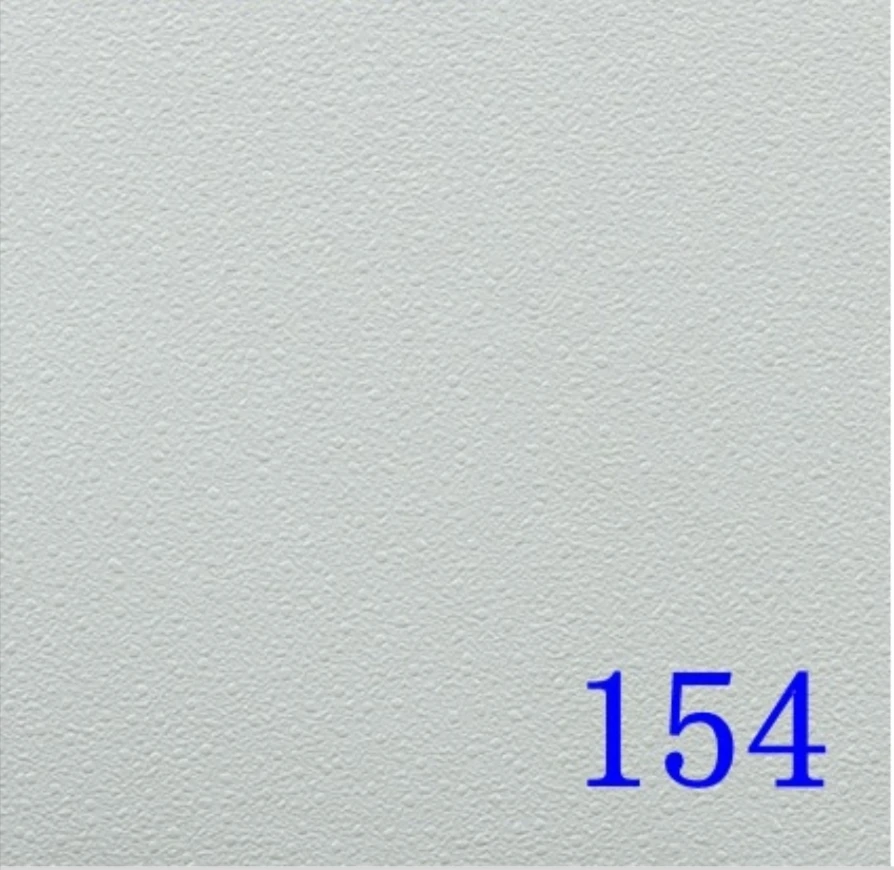- Afrikaans
- Albanian
- Amharic
- Arabic
- Armenian
- Azerbaijani
- Basque
- Belarusian
- Bengali
- Bosnian
- Bulgarian
- Catalan
- Cebuano
- Corsican
- Croatian
- Czech
- Danish
- Dutch
- English
- Esperanto
- Estonian
- French
- German
- Greek
- Hindi
- Indonesian
- irish
- Italian
- Japanese
- Korean
- Lao
- Malay
- Myanmar
- Norwegian
- Norwegian
- Polish
- Portuguese
- Romanian
- Russian
- Serbian
- Spanish
- Swedish
- Thai
- Turkish
- Ukrainian
- Uzbek
- Vietnamese
Th12 . 14, 2024 23:05 Back to list
Mineral Fiber Ceiling Board Specifications for Enhanced Acoustic and Thermal Performance
Understanding Mineral Fiber Ceiling Board Specifications
Mineral fiber ceiling boards have gained widespread popularity in various construction and renovation projects due to their numerous advantages. This article will delve into the specifications of these ceiling boards, highlighting their materials, performance characteristics, installation guidelines, and applications.
Overview of Mineral Fiber Ceiling Boards
Mineral fiber ceiling boards are composed of natural and synthetic fibers, primarily derived from minerals. They are designed to provide structural support and acoustic control, making them an excellent choice for both commercial and residential spaces. These boards are known for their lightweight nature, durability, and versatility.
Material Composition
The primary materials used in mineral fiber ceiling boards include
1. Mineral Wool This is the main ingredient, providing sound absorption and thermal insulation properties. 2. Gypsum Often included for additional fire resistance. 3. Binders Synthetic or natural binders hold the fibers together, enhancing the board's structural integrity. 4. Additives Depending on the specification, additives may be introduced for anti-fungal and anti-bacterial properties.
Performance Characteristics
When evaluating mineral fiber ceiling boards, several performance characteristics are crucial
1. Sound Absorption Measured using the Noise Reduction Coefficient (NRC), most mineral fiber boards achieve NRC ratings between 0.5 and 0.9. This indicates their effectiveness in reducing echo and ambient noise in a space. 2. Fire Resistance These ceiling boards typically have excellent fire-rated properties, often classified as Class A or B according to ASTM E84 standards. This makes them suitable for environments requiring stringent fire safety measures.
3. Thermal Insulation Mineral fiber boards contribute to energy efficiency by providing thermal resistance, helping to maintain indoor temperature and reduce heating and cooling costs.
5. Aesthetic Options Available in various textures, colors, and finishes, mineral fiber ceiling boards can be customized to fit diverse interior design themes.
mineral fiber ceiling board specification

Installation Guidelines
The installation of mineral fiber ceiling boards requires careful consideration to ensure optimal performance
1. Framework Installation Before mounting the boards, a sturdy framework of metal or wooden grid systems should be installed to support the weight of the boards adequately.
2. Board Handling It is crucial to handle the boards with care to prevent damage. Ensure the boards are not exposed to excessive moisture or physical stress before installation.
3. Cutting the Boards Use a sharp utility knife to cut the boards as needed. This helps create clean edges, which are essential for a neat finish.
4. Fixing to the Grid Boards can be laid into the grid or attached with adhesive, depending on the board type and intended application.
5. Sealing Gaps After installation, it’s advisable to seal any gaps between the boards to enhance aesthetic appeal and improve sound insulation properties.
Applications
Mineral fiber ceiling boards are suitable for various applications, including
- Commercial Spaces Such as offices, shops, schools, and hospitals, where noise control and aesthetics are paramount. - Residential Settings In living rooms, bedrooms, and kitchens, providing an elegant finish alongside functional benefits. - Industrial Environments Where fire resistance and durability are essential.
Conclusion
Mineral fiber ceiling boards offer a combination of functional benefits and aesthetic appeal, making them a popular choice for a range of applications. Understanding their specifications—including material composition, performance characteristics, and installation requirements—is vital in selecting the right product for your project. Whether for sound control, fire safety, or thermal insulation, mineral fiber ceiling boards stand out as an excellent solution for modern architectural needs. As demand for effective building materials continues to grow, it is clear that mineral fiber ceiling boards will remain a relevant and useful choice in the construction industry.
-
Transform Interiors with PVC Gypsum Ceiling: A Stylish, Durable, and Moisture-Resistant SolutionNewsMay.19,2025
-
The Smart Interior Upgrade: Discover the Durability and Versatility of Gypsum Ceiling Access Panel SolutionsNewsMay.19,2025
-
The Smart Choice for Interior Design: Discover the Value of PVC Gypsum Ceiling SolutionsNewsMay.19,2025
-
Mineral Fiber Ceiling Tiles: The Smart Blend of Performance and AestheticsNewsMay.19,2025
-
Mineral Fiber Ceiling Tiles: The Superior Choice Over Gypsum for Sound and Fire SafetyNewsMay.19,2025
-
Mineral Fiber Ceiling Tiles: Eco-Friendly Strength and Style for Every CeilingNewsMay.19,2025







